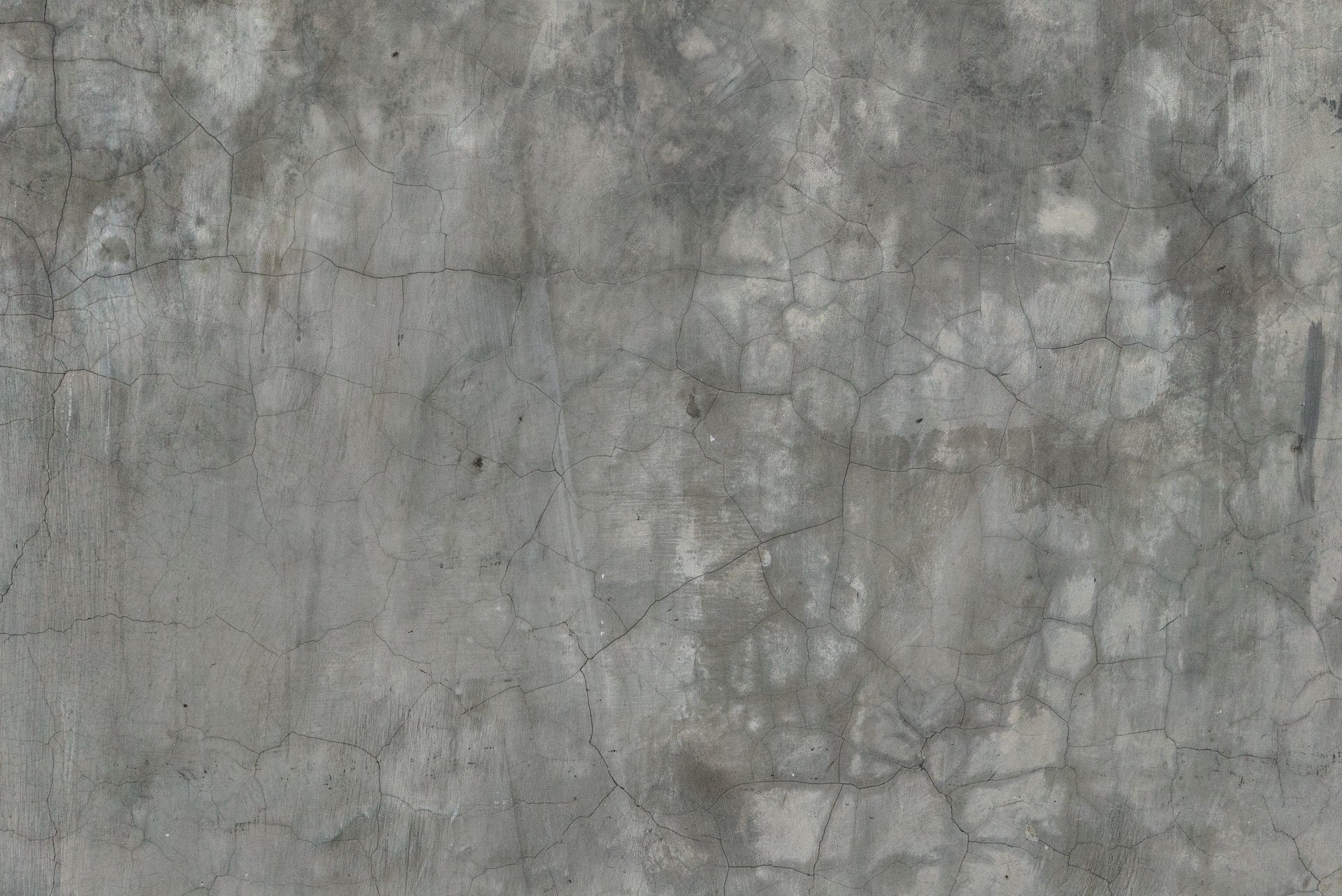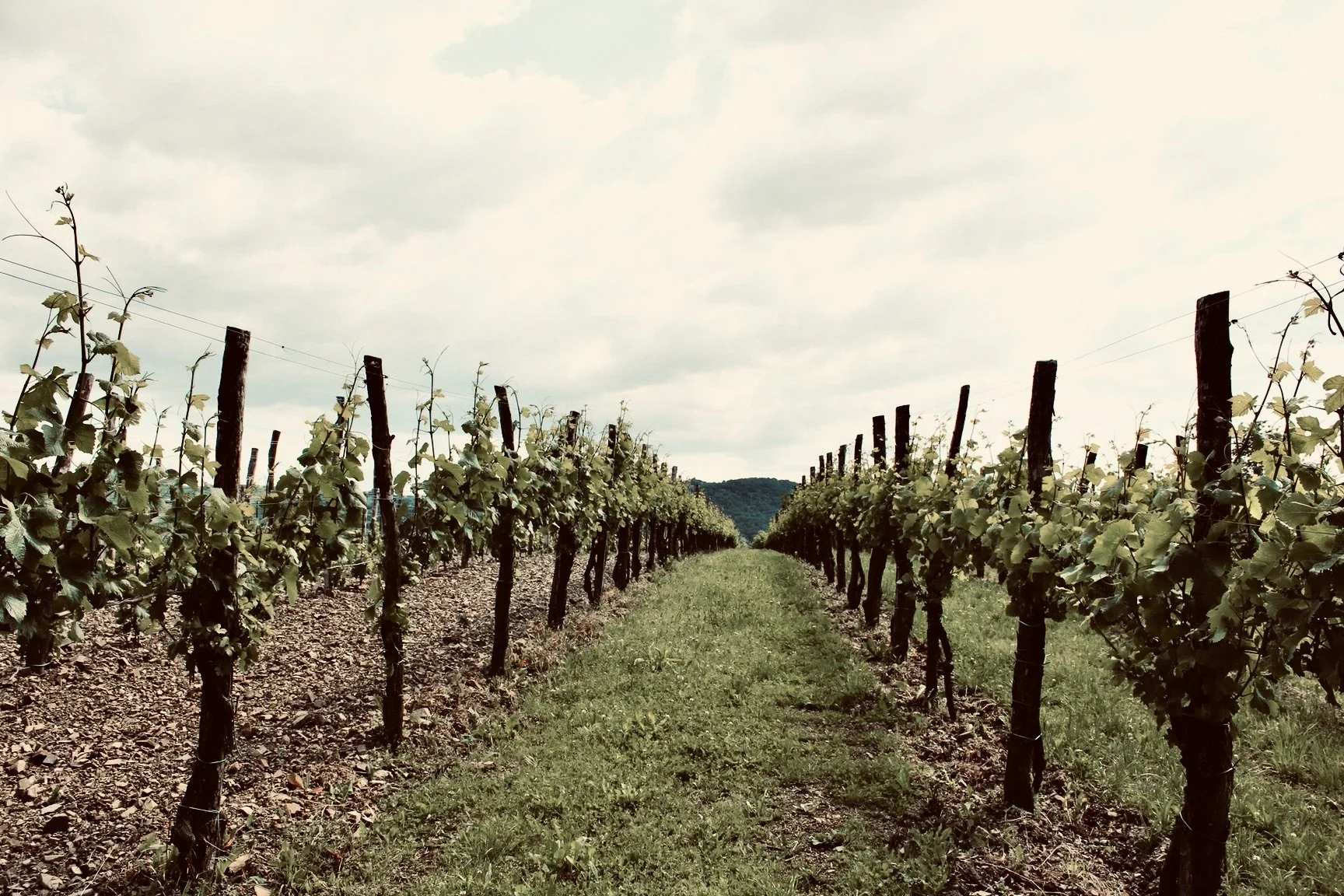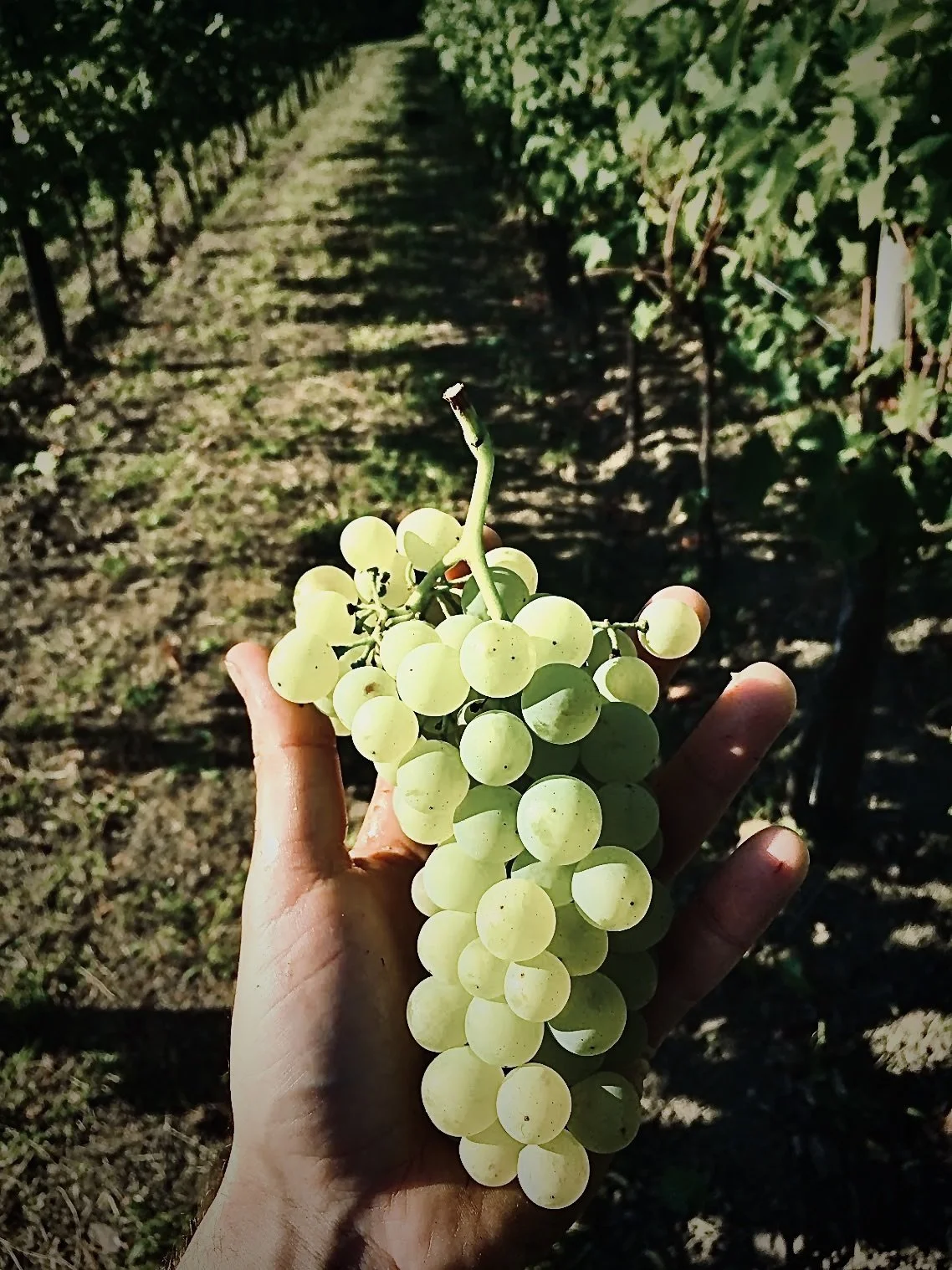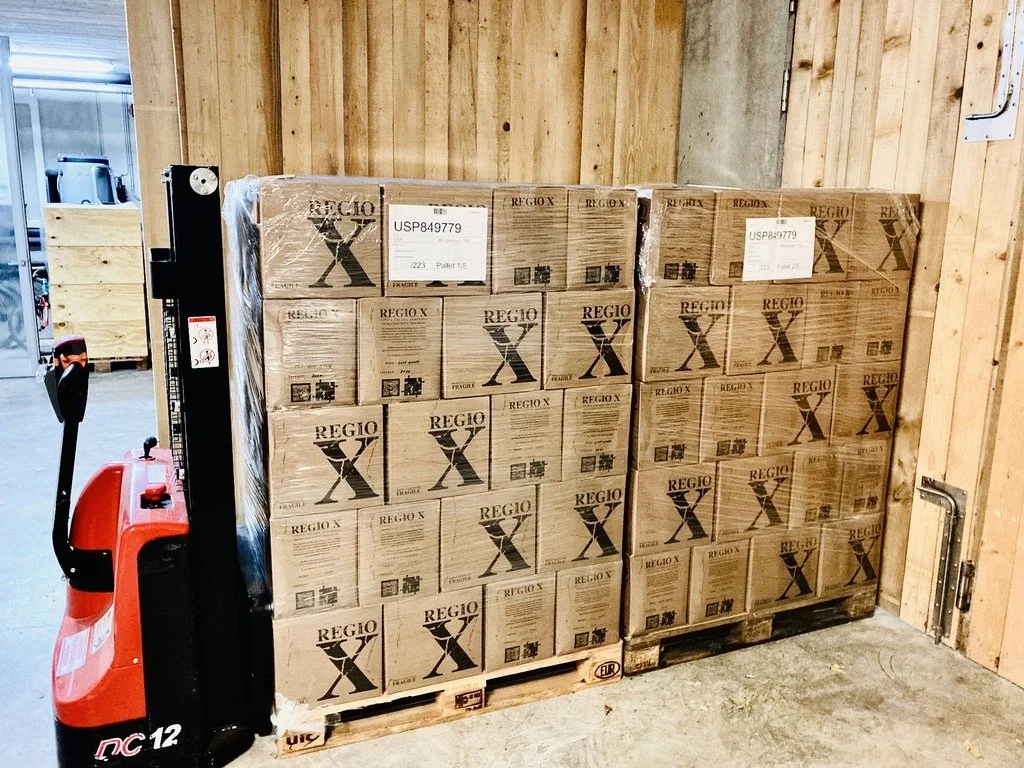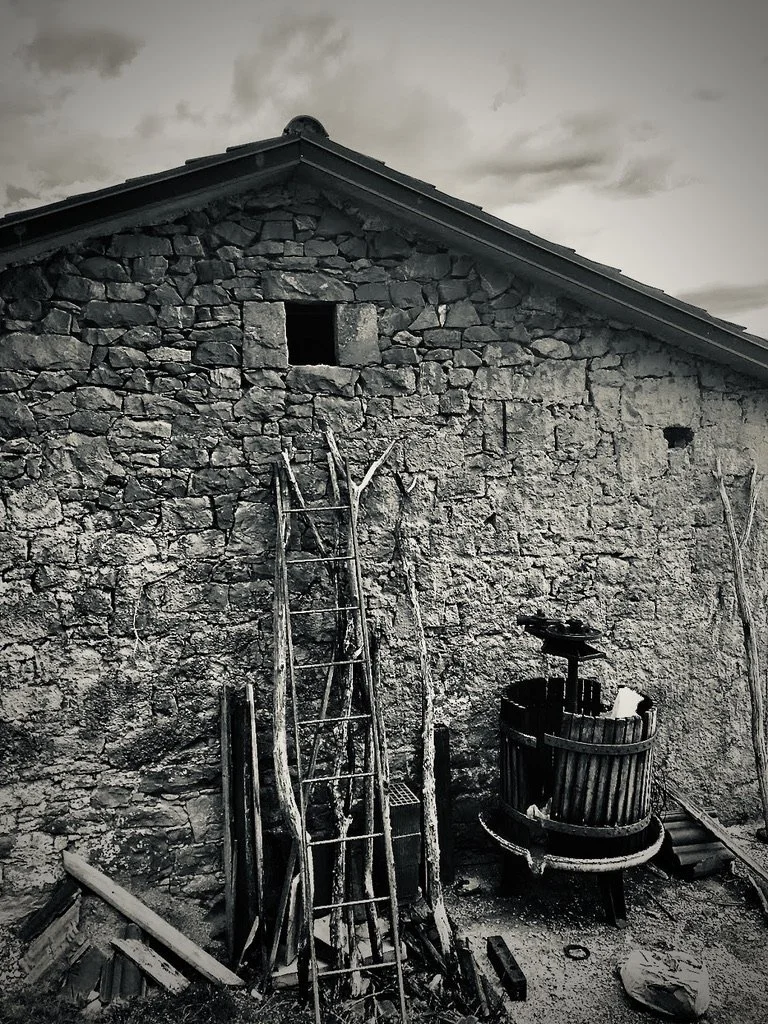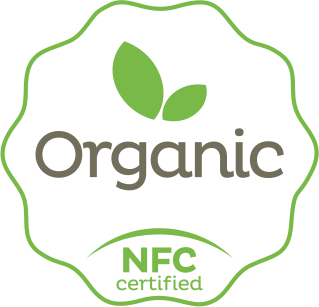boutique estate production.
boutique estate production.
organic wines taste better.
a wine identity deep in the hills since 1836
world
class
standards.
We produce organic wines that are consistently good rather than occasionally great.
Our value will exceed your expectations.
In the first century AD Emperor Augustus incorporated the Vipava Valley into the formation of Imperial Rome. This newly formed region ten, or Regio X, began the mixing, blending, and cohabiting of Slavic, Italic, and Germanic tribes.
Now more than 2,000 years later, our winery looks to build upon those values of blended culture, while striving to give truthful representations through organic agriculture and fruit forward wine. Regio X is wine identity.
story
-
We are a boutique winery crafting fruit forward wines from estate grown organic plots in the Vipava Valley. We strive to maintain healthy and consistent vintages with subtle variations of textures and imperfections to yield a fruit forward, food versatile, and refreshingly delicious product. We believe in honest agriculture, quality over quantity, and that wine is best experienced among genuine company and exceptional dining.
-
Our wine cellar is cozy, made of stone, and was built in 1836. We work with steel, open vats, and large neutral oak barrels depending on the variety and wine style. We employ native yeasts and bacteria and follow the pied-de-cuve method for fermentation. Most wines see skin contact, bâtonnage, and are aged on fine lees.
-
We believe in honesty, authenticity, ingenuity, creativity, and world class standards to name a few. Our word is our bond—we say and we do. We carry those values in our professional and personal lives while always striving to live in balance and harmony for greater purpose.
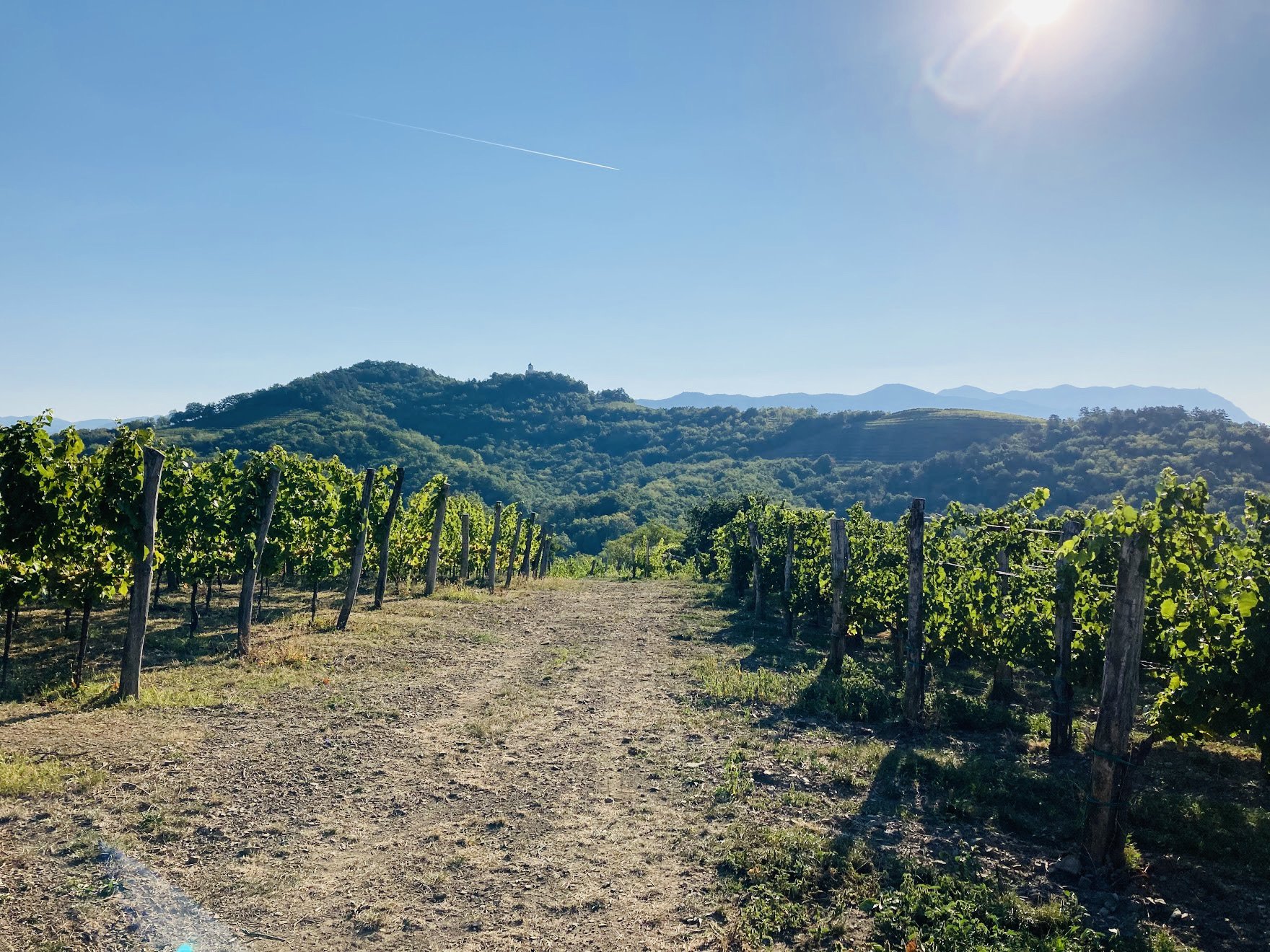
certified geographic origin
ZGP Vipava valley primorska, Slovenia Slovene Littoral
Located approximately 100 km from Venice and 100 km from Ljubljana, the Vipava Valley is one of four prized wine districts of the Primorska region. This territory pre-dates Roman viticulture, and was historically part of the multicultural Julijska Krajina or Venezia Giulia.
Our vineyards lie deep in the western Vipava hills along the backroads towards Karst and Italy. All vines grow at altitudes between 200 and 300 meters (~800 ft.) above sea level with south exposure.
certified organic
compliant at all levels of the supply chain
We obtained organic certification in 2021—a testimony to ecological farming and the high quality standards we proudly stand by. We work with several organic certifiers meeting full organic compliance and throughout all phases of operations—vineyards, cellar, bottling, export, distribution.
Our winery is registered in USDA’s Organic Integrity Database: REGIO X WINES d.o.o., Vipava, EU Slovenia
Slovenian BIO certified
Our vineyards and winery receive routine monitor and control assuring all phases of production adhere to the standards set forth by Slovenia’s organic certifier—Institute Kon-Cert, Maribor, SI.
2. eu certified organic
As a proud member of the European Union our operations adhere to the compliance standards set forth by EU organic regulation.
3. import/export/distribution
To prevent the risk of fraudulent organic distribution and the misrepresentation of our product within the U.S. market, our supply chain operations are certified organic by Natural Food Certifiers, NY, NY—guaranteeing organic authenticity and premium quality our customers can trust.
4. usda certified organic
In accordance with the U.S./EU Equivalence Arrangement, our winery is registered within the USDA’s Organic Integrity Database—assuring full organic traceability and integrity our global trade partners can trust.
Optimum growing conditions
Where the mediterranean meets the Alps
-
Sandwiched between the Adriatic Sea and the Julian Alps, the Vipava Valley is generally categorized as having a mild sub-mediterranean climate.
The valley outlines the ancient Roman road, Via Gemina along the Vipava River, and expands from south-east to north-west. The mouth and widest part of the valley occur at the Slovenian-Italian border, which brings in warmer mediterranean air.
The eastern border is divided by Mount Nanos and the Trnovo Plateau, forming the foothills of the Julian Alps. The western valley contains a hilly topography leading to the Karst region with an abrupt ravine at the Gulf of Trieste. All of these stunning features give the Vipava Valley a beautiful landscape, and help contribute to its world class wines.
-
Our soils are well drained and classified as eutric cambisol—sandy loam particles with varying amounts of clay. All vineyard sites develop over flysch rock.
Clay and flysch play an import role in retaining moisture and vary greatly depending on vineyard site. All of our soils contain small flysch fragments which help reduce soil erosion. Average soil depths are medium—50cm or 20 inches.
Estate raised manure and cover crops are used to improve soil fertility.
-
Formed more than 60 million years ago during the Eocene Epoch, flysch or ponka, is the most distinct geologic feature of the Vipava Valley.
These weathered rocks contribute an increased perception of acidity, salinity, and mineral complexities to our wines.
Flysch is composed of limestone with layers of marl, mudstone, sandstone and shale deposits. Flysch is found in all of our vineyard sites—surface, substratum, and bedrock.
-
We follow the Simonit and Sirch pruning method—the leading experts on vine physiology and training techniques. Each vine is trained single cane guyot to ensure full berry composition, balanced vine vigour, and a premium crop.
We follow the golden ratio of canopy surface area/fruit set because we know low yielding organic vines produce the best fruit.
-
The bora phenomena is due in part to the unique physiographic features of the Vipava Valley and its close proximity to regional topographic elements. Occuring when high pressurized cold air from the Julian Alps coincides with warm air from the Gulf of Trieste, this combination can lead to wind gusts exceeding 200 km/hr (125mph). In some cases fines are issued to traffic violators who dare to drive under heavy bouts of bora.
Respecting the bora’s temper, our vineyards are planted in an east-west row orientation allowing bora winds to prevail.
-
Our vineyards grow along the western Vipava hills at altitudes between 200-300 meters (800-1,000 ft.) above sea level. All vines are planted at high density, and grow on tiny hillside terraces with south exposure.
Altitude plays an important role in ripening our crop with greater sun exposure and better skin development. High altitude also provides breezy wind gusts—a natural remedy to mitigate disease and rot.
-
We implement organic treatments during challenging growing seasons and only when necessary.
Our vineyards are first treated with preventative care—natural remedies such as pruning techniques to better manage vine vigor, canopy management, and cover crops.
In the occurrence of more serious infections and disease, organic treatments are applied in low doses with low frequency, and within the early morning hours for the greatest efficacy.
Estate vineyard blocks
Our vineyards are scattered throughout the hilltop village of Erzelj and surrounding wooded areas. We cultivate a mix of native, regional, and traditional varieties from four distinct vineyard blocks.
-
Year planted: 2003
Orientation: plateau, south
Altitude: 300 meters/850 ft
Area: .84 hectare (2 acres)
Soil type: Flysch—clay, marl
Varieties: Pinot Grigio, Pinela (2016)
Density: 5,200 vines/ha
Training system: single cane Guyot
Agriculture: Certified Organic
-
Year planted: 2013
Orientation: terraced, south east
Altitude: 250 meters/820 ft
Area: .37 ha (half acre)
Soil type: Rocky flysch, marl
Varieties: Malvazija
Density: 5,200 vines/ha
Training system: single cane Guyot
Agriculture: Certified Organic
-
Year planted: 2008
Orientation: terraced, south east
Altitude: 300 meters/850 ft
Area: .35 ha (half acre)
Soil type: clay, marl
Varieties: Pinela, Rebula (Ribolla Gialla)
Density: 5,200 vines/ha
Training system: single cane Guyot
Agriculture: Certified Organic
-
Year planted: 2004
Orientation: terraced, south
Altitude: 300 meters/850 ft
Area: 700 vines
Soil type: clay, marl
Varieties: Merlot, Barbera
Density: 5,200 vines/ha
Training system: single cane Guyot
Agriculture: Certified Organic
our wines
PA direct delivery now available
〰️
PA direct delivery now available 〰️
